Policy of screening for plagiarism
The journal are committed to publishing only original material, i.e., material that has neither been published elsewhere, nor is under review elsewhere.
Papers submitted to the journal will be screened for plagiarism using plagiarism detection tools. The editorial staff uses the online system unicheck.com. Manuscripts in which plagiarism or text borrowing were found without referencess to the original source are rejected by the editorial board.
Policy of checking for plagiarism
If plagiarism, or text borrowing, is detected by editors or reviewers at any stage prior to the publication of the manuscript (if < 25% plagiarism) – the manuscript is immediately sent back to the authors for content revision. Іf > 25% plagiarism – the manuscript is rejected without editorial review. In this case the authors will be encouraged to review text borrowings and provide a new manuscript.
The percentage of plagiarism is calculated by software.
Plagiarism after publication
If plagiarism is detected after publication, the Journal will conduct an investigation. If plagiarism is found, the journal editorial office will contact the author’s institute and funding agencies. The paper containing the plagiarism will be marked on each page of the PDF. Depending on the extent of the plagiarism, the paper may also be formally retracted.
Recommendations for avoiding plagiarism
- Use quotation marks around words taken verbatim from a source
- Change no part of quotation within the context of the sentence
- Use single marks for a quotation within a quotation
- Use ellipses (a space and three periods) for a part of the quotation omitted.
- Use brackets around added words
- Limit the use of direct quotes
Attempt to paraphrase the information, or summarize the information derived from a variety of sources using own words.
Authors are responsible for obtaining copyright permission for reproducing illustrations, tables, figures taken from other authors and/or source. Permission must be placed at the foot of each figure.
Self-Plagiarism
Some authors have written several chapters for several different books that are changed only slightly. Each manuscript is copyrighted when published. Because the author no longer owns the rights to these words, one should not plagiarize them. Most editors and reviewers would argue that self-plagiarism is unethical. Thus, an author cannot copy one’s own material for a new manuscript without permission of the copyright holder. Alternatives include using quotes around short phrases of own work and citing appropriate references.



